Grow Peanuts at Home? Absolutely! Imagine the satisfaction of harvesting your own crunchy, delicious peanuts right from your backyard. Forget the store-bought kind – we’re talking fresh, homegrown goodness! For centuries, peanuts have been a staple crop, originating in South America and spreading across the globe, becoming a beloved snack and a vital source of protein.
But why should you bother with growing your own? Well, for starters, it’s incredibly rewarding to nurture a plant from seed to harvest. Plus, you’ll know exactly what’s going into your food – no hidden pesticides or additives. And let’s be honest, who wouldn’t want to impress their friends and family with their green thumb and a bowl of freshly roasted, homegrown peanuts?
This DIY guide is your ticket to peanut-growing success, even if you’re a complete beginner. I’ll walk you through every step, from choosing the right seeds to harvesting your bounty. Get ready to discover the simple tricks and hacks that will have you grow peanuts at home like a pro. Let’s get our hands dirty and start planting!
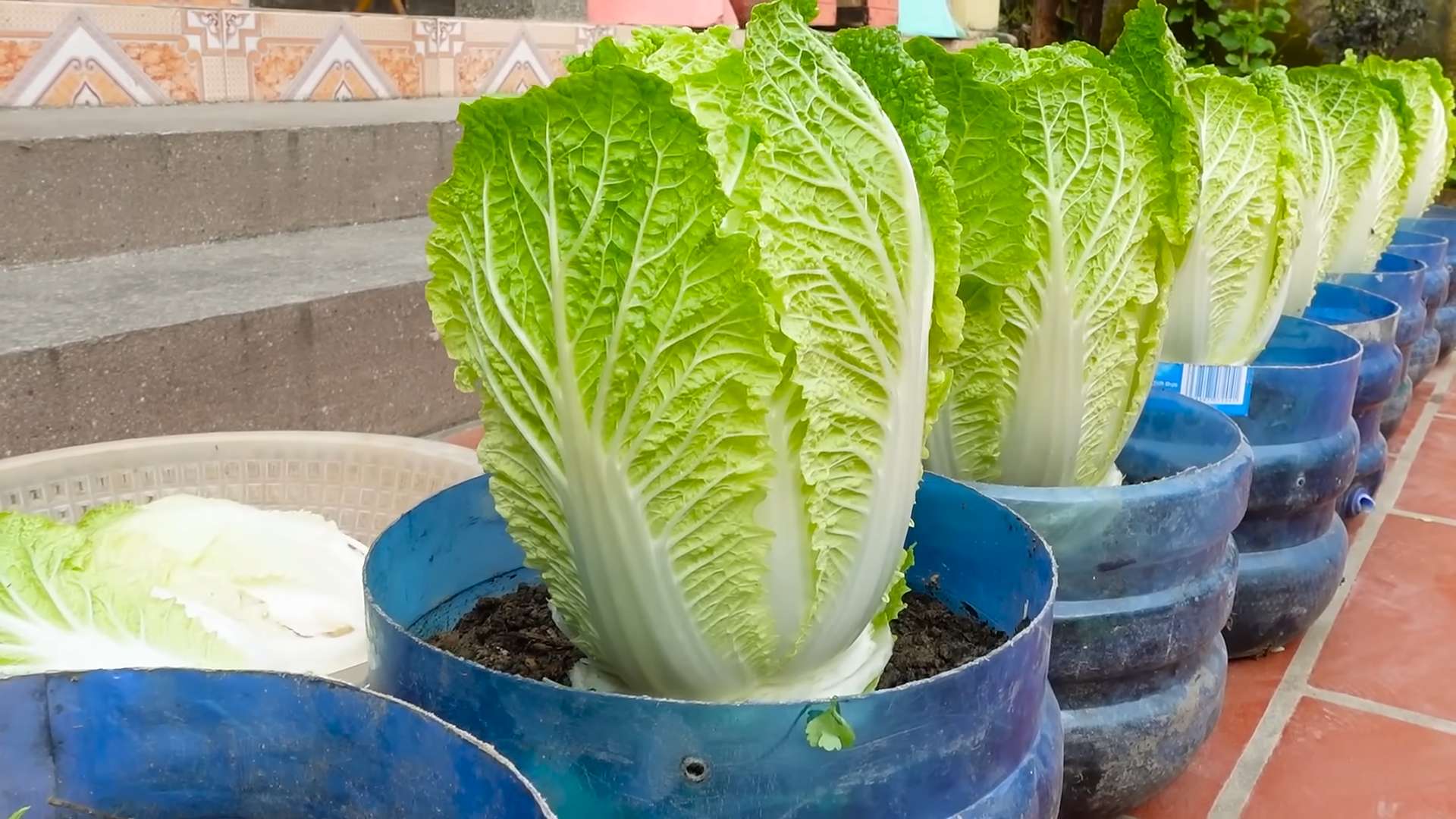
Growing Peanuts at Home: A DIY Guide to Nutty Success!
Okay, so you want to grow peanuts at home? Awesome! It’s surprisingly easy and incredibly rewarding. Imagine popping your own homegrown peanuts – the taste is just… different. Fresher, nuttier, and imbued with the satisfaction of knowing you nurtured them from seed to snack. This guide will walk you through everything you need to know, from choosing the right peanuts to harvesting your bounty. Let’s get cracking!
Choosing Your Peanut Variety
Before we even think about planting, we need to talk peanuts! Not all peanuts are created equal, and some varieties are better suited for home gardens than others. Here’s a quick rundown:
* Virginia Peanuts: These are the big boys, the ones you often see roasted in the shell. They need a longer growing season (120-130 days), so they’re best for warmer climates.
* Spanish Peanuts: Smaller and rounder, Spanish peanuts have a reddish skin and a higher oil content. They mature a bit faster (around 110 days) and are great for peanut butter.
* Runner Peanuts: These are the most common type used for commercial peanut butter production. They’re high-yielding and mature in about 120 days.
* Valencia Peanuts: These have multiple peanuts per shell and a sweet flavor. They mature quickly (90-100 days) and are a good choice for shorter growing seasons.
My recommendation? If you’re a beginner, go with Spanish or Valencia peanuts. They’re more forgiving and mature faster, giving you quicker results and boosting your confidence! You can usually find raw, unsalted peanuts of these varieties at health food stores or online. Important: Make sure they are *raw* peanuts, not roasted. Roasted peanuts won’t germinate.
Preparing for Planting: Location, Location, Location!
Peanuts are sun-worshippers! They need at least 6-8 hours of direct sunlight per day. They also prefer well-drained, sandy loam soil. Heavy clay soil can be a real challenge, as it can hinder the “pegging” process (more on that later).
Here’s what you need to consider:
* Sunlight: As mentioned, 6-8 hours of direct sunlight is crucial.
* Soil: Well-drained, sandy loam is ideal. If you have clay soil, amend it with plenty of compost, sand, and peat moss to improve drainage.
* Space: Peanuts need room to spread. Give each plant about 6-8 inches of space in all directions.
* pH: Peanuts prefer a slightly acidic soil pH of around 6.0 to 6.5. You can test your soil pH with a kit from your local garden center.
* Watering: Consistent moisture is important, especially during flowering and pegging.
Step-by-Step Planting Guide
Alright, let’s get our hands dirty! Here’s how to plant your peanuts:
1. Prepare the Soil: This is key! Loosen the soil to a depth of at least 12 inches. Incorporate plenty of compost or well-rotted manure to improve fertility and drainage. Remove any rocks or debris.
2. Soak the Peanuts (Optional): Soaking the peanuts in water for a few hours before planting can help speed up germination. Don’t soak them for more than 24 hours, though, or they might rot.
3. Planting Time: Wait until the soil temperature is consistently above 65°F (18°C). This is usually a couple of weeks after the last frost.
4. Planting Depth: Plant the peanuts about 1-2 inches deep and 6-8 inches apart.
5. Water Thoroughly: After planting, water the soil thoroughly. Keep the soil consistently moist, but not waterlogged, until the seedlings emerge.
6. Mark Your Rows: Use stakes or labels to mark your rows so you know where you planted.
Caring for Your Peanut Plants: From Seedling to Pegging
Once your peanut plants emerge (usually in about 7-10 days), it’s time to provide them with the care they need to thrive.
* Watering: Water regularly, especially during dry spells. Peanuts need about 1 inch of water per week. Avoid overhead watering, as this can promote fungal diseases.
* Weeding: Keep the area around your peanut plants free of weeds. Weeds compete with the peanuts for nutrients and water. Hand-pulling weeds is the best option, as hoeing can damage the shallow roots of the peanut plants.
* Fertilizing: Peanuts are legumes, which means they can fix nitrogen from the air. However, they still benefit from a balanced fertilizer. Apply a fertilizer with a ratio of 5-10-10 (nitrogen-phosphorus-potassium) about a month after planting. Avoid over-fertilizing with nitrogen, as this can promote leafy growth at the expense of peanut production.
* Hilling: This is a crucial step! As the peanut plants grow, they will produce small, yellow flowers. After the flowers are pollinated, they will develop “pegs” that grow downward into the soil. These pegs are what will eventually become the peanuts. To encourage pegging, hill the soil around the base of the plants, similar to how you would hill potatoes. This provides the pegs with loose soil to penetrate. Do this a couple of times during the growing season.
Understanding the Pegging Process
Let’s talk about pegging in more detail. This is the unique process that makes peanuts, well, peanuts! After the flowers are pollinated, a small, stem-like structure called a “peg” emerges from the base of the flower. This peg grows downward into the soil, and the tip of the peg eventually develops into a peanut.
Why is pegging so important? Because without it, you won’t get any peanuts! That’s why it’s crucial to provide your peanut plants with loose, well-drained soil and to hill the soil around the base of the plants to encourage pegging.
Pest and Disease Control
Peanuts are relatively pest-resistant, but they can be susceptible to certain problems. Here are a few things to watch out for:
* Aphids: These tiny insects can suck the sap from the leaves of your peanut plants. Control aphids with insecticidal soap or neem oil.
* Spider Mites: These tiny pests can also damage the leaves of your peanut plants. Control spider mites with insecticidal soap or neem oil.
* Leaf Spot: This fungal disease can cause brown spots to appear on the leaves of your peanut plants. Prevent leaf spot by providing good air circulation and avoiding overhead watering. Treat leaf spot with a fungicide if necessary.
* Root Rot: This fungal disease can cause the roots of your peanut plants to rot. Prevent root rot by planting in well-drained soil and avoiding overwatering.
My tip: Regularly inspect your peanut plants for any signs of pests or diseases. The sooner you catch a problem, the easier it will be to control.
Harvesting Your Peanut Crop: The Grand Finale!
Harvesting time is the most exciting part! You’ll know your peanuts are ready to harvest when the leaves start to turn yellow and the plants begin to die back. This usually happens about 120-150 days after planting, depending on the variety.
Here’s how to harvest your peanuts:
1. Dig Them Up: Use a garden fork or shovel to carefully dig up the entire plant. Be gentle, as you don’t want to damage the peanuts.
2. Shake Off the Soil: Shake off as much soil as possible from the roots and peanuts.
3. Cure the Peanuts: This is an important step! Curing the peanuts helps to dry them out and improve their flavor. To cure the peanuts, hang the entire plant upside down in a well-ventilated area for 2-4 weeks. You can also spread the peanuts out on a screen or tarp to dry.
4. Separate the Peanuts: Once the peanuts are cured, you can separate them from the plant.
5. Store the Peanuts: Store the peanuts in a cool, dry place. You can store them in the shell or shelled. Shelled peanuts will last longer in the freezer.
Enjoying Your Homegrown Peanuts!
Congratulations! You’ve successfully grown your own peanuts! Now it’s time to enjoy the fruits (or should I say nuts?) of your labor.
Here are a few ways to enjoy your homegrown peanuts:
* Roasted Peanuts: Roast the peanuts in the oven at 350°F (175°C) for 20-30 minutes, or until they are golden brown.
* Peanut Butter: Make your own homemade peanut butter! Simply grind the roasted peanuts in a food processor until
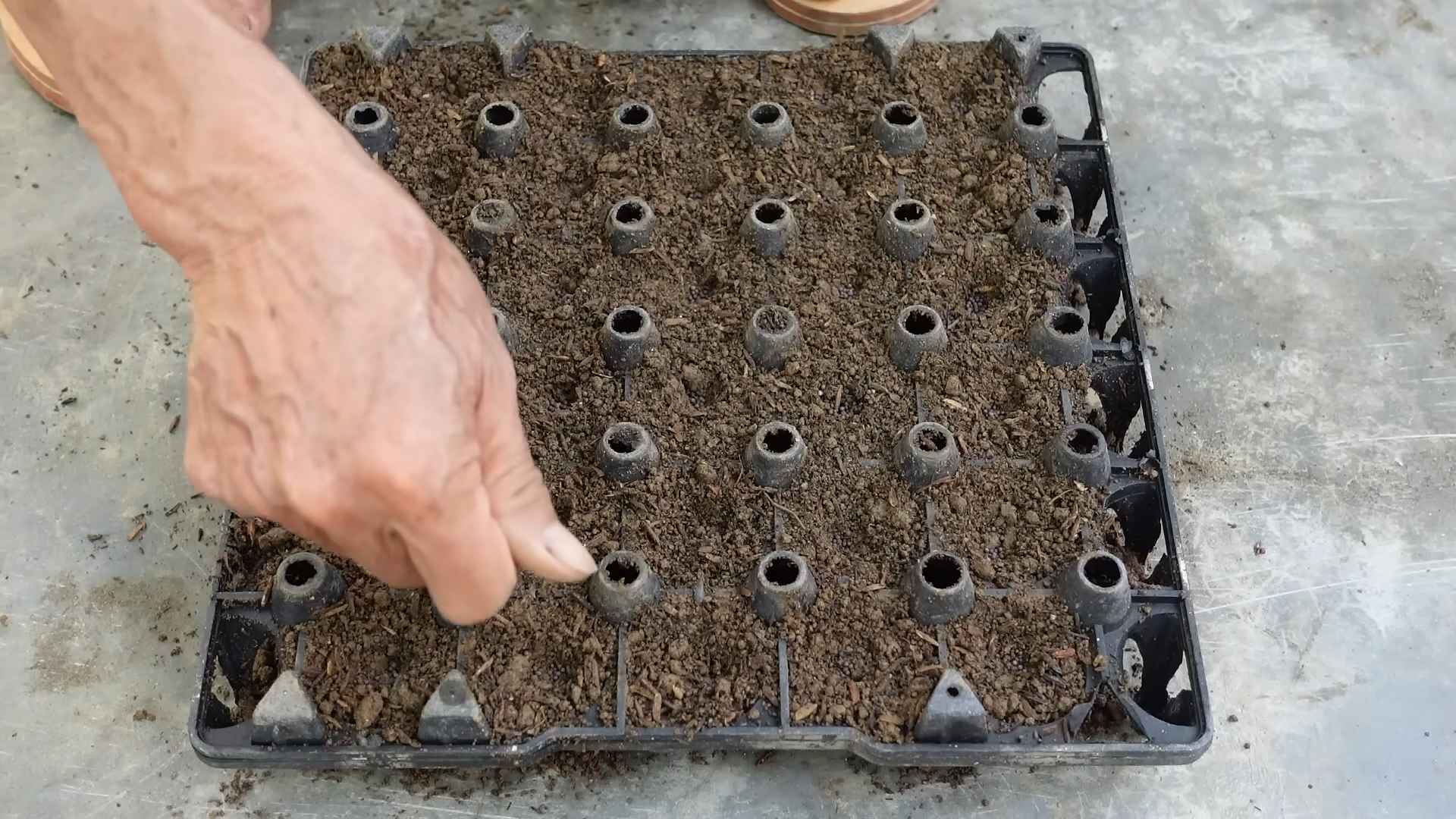
Conclusion
So, there you have it! Growing peanuts at home is not only achievable, but it’s also a deeply rewarding experience. Forget the store-bought varieties that lack that fresh, earthy flavor. Imagine plucking your own peanuts straight from the ground, knowing exactly where they came from and how they were grown. This DIY project transforms your garden into a source of delicious, homegrown snacks and a fascinating learning opportunity for the whole family.
Why is this a must-try? Because it connects you to your food in a way that simply buying peanuts never could. You’ll witness the entire life cycle of the plant, from tiny seedling to mature plant laden with buried treasures. Plus, the taste of freshly harvested, homegrown peanuts is simply unparalleled. It’s sweeter, nuttier, and bursting with flavor that you won’t find anywhere else.
But the benefits extend beyond just taste. Growing your own peanuts is a sustainable practice, reducing your reliance on commercially grown crops that often involve pesticides and long-distance transportation. You’ll be contributing to a healthier planet while enjoying a delicious and nutritious snack.
Looking for variations? Consider experimenting with different peanut varieties. Virginia peanuts are known for their large size and are perfect for roasting. Spanish peanuts are smaller and have a reddish skin, making them ideal for candies and peanut butter. Runner peanuts are commonly used in commercial peanut butter production and are a good all-around choice. You can also try growing peanuts in containers if you have limited garden space. Just make sure the container is large enough to accommodate the plant’s root system.
Another fun variation is to experiment with different soil amendments. Adding compost or well-rotted manure to the soil can improve drainage and provide essential nutrients for healthy growth. You can also try inoculating the soil with nitrogen-fixing bacteria, which will help the peanut plants absorb nitrogen from the air.
Don’t be intimidated by the process. Growing peanuts at home is surprisingly easy, even for beginner gardeners. With a little patience and attention, you’ll be harvesting your own delicious peanuts in no time.
We wholeheartedly encourage you to give this DIY trick a try. It’s a fun, educational, and rewarding experience that will transform the way you think about peanuts. And most importantly, don’t forget to share your experience with us! We’d love to hear about your successes, challenges, and any tips you’ve learned along the way. Share your photos and stories on social media using #HomegrownPeanuts and let’s inspire others to join the peanut-growing revolution! Let’s all enjoy the satisfaction of growing peanuts at home.
Frequently Asked Questions (FAQ)
What is the best time to plant peanuts?
The ideal time to plant peanuts is after the last frost, when the soil temperature has warmed to at least 65 degrees Fahrenheit (18 degrees Celsius). This typically occurs in late spring or early summer, depending on your climate. Planting too early can result in poor germination and stunted growth. In warmer climates with longer growing seasons, you may even be able to plant a second crop of peanuts in mid-summer.
What kind of soil do peanuts need?
Peanuts thrive in well-drained, sandy loam soil. This type of soil allows for good aeration and drainage, which is essential for healthy root development and pod formation. Avoid heavy clay soils, as they can become waterlogged and inhibit peanut growth. If you have clay soil, you can amend it with organic matter, such as compost or peat moss, to improve drainage and aeration. The ideal soil pH for peanuts is between 6.0 and 6.5.
How much sunlight do peanuts need?
Peanuts require at least 6-8 hours of direct sunlight per day to thrive. Choose a planting location that receives plenty of sunlight throughout the day. Insufficient sunlight can result in weak plants and reduced peanut production. If you are growing peanuts in containers, make sure to place them in a sunny spot.
How often should I water peanuts?
Peanuts need consistent moisture, especially during flowering and pod development. Water deeply and regularly, ensuring that the soil remains moist but not waterlogged. Avoid overhead watering, as this can promote fungal diseases. A good rule of thumb is to water when the top inch of soil feels dry to the touch. During periods of drought, you may need to water more frequently.
How long does it take for peanuts to mature?
Peanuts typically take 120-150 days to mature, depending on the variety and growing conditions. You’ll know they’re ready to harvest when the foliage begins to yellow and the pods feel plump and full. You can also dig up a few plants to check the maturity of the peanuts. The inside of the peanut shells should be dark and the kernels should be well-formed.
What are common peanut plant pests and diseases?
Some common pests that can affect peanut plants include aphids, spider mites, and leafhoppers. These pests can be controlled with insecticidal soap or neem oil. Common diseases include leaf spot, rust, and white mold. These diseases can be prevented by ensuring good air circulation, avoiding overhead watering, and using disease-resistant varieties.
Can I grow peanuts in containers?
Yes, you can grow peanuts in containers, but you’ll need to choose a large container that is at least 18 inches in diameter and 18 inches deep. Fill the container with well-drained potting mix and plant the peanut seeds according to the instructions. Make sure to provide adequate sunlight and water. Container-grown peanuts may require more frequent watering and fertilization than those grown in the ground.
How do I harvest peanuts?
To harvest peanuts, carefully dig up the entire plant, being careful not to damage the pods. Shake off any excess soil and allow the plants to dry in the sun for a few days. Once the plants are dry, you can remove the peanuts from the vines.
How do I cure peanuts?
Curing peanuts is essential for developing their flavor and preventing spoilage. To cure peanuts, spread them out in a single layer on a screen or tray and allow them to air dry in a well-ventilated area for 2-3 weeks. The peanuts are cured when the shells are brittle and the kernels are loose inside.
How do I store peanuts?
Store cured peanuts in an airtight container in a cool, dry place. Properly stored peanuts can last for several months. You can also freeze peanuts for longer storage.
Can I roast my homegrown peanuts?
Absolutely! Roasting your homegrown peanuts is a great way to enhance their flavor. Simply spread the peanuts out on a baking sheet and roast them in a preheated oven at 350 degrees Fahrenheit (175 degrees Celsius) for 15-20 minutes, or until they are golden brown and fragrant. Be sure to stir them occasionally to ensure even roasting. Let them cool completely before enjoying. You can also add salt or other seasonings to the peanuts before roasting.

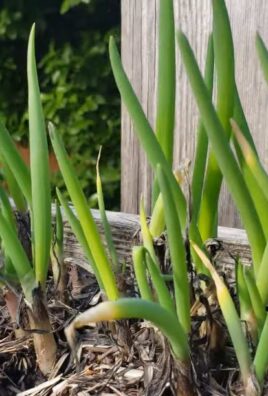
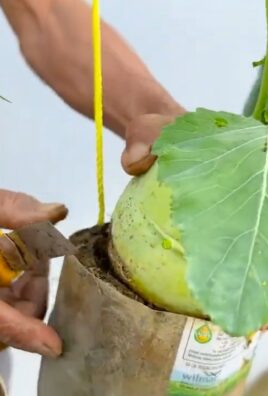
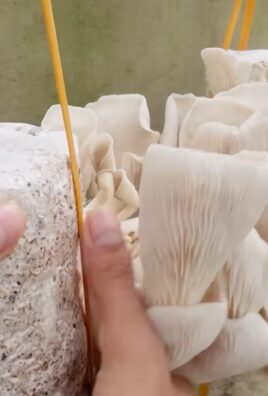
Leave a Comment